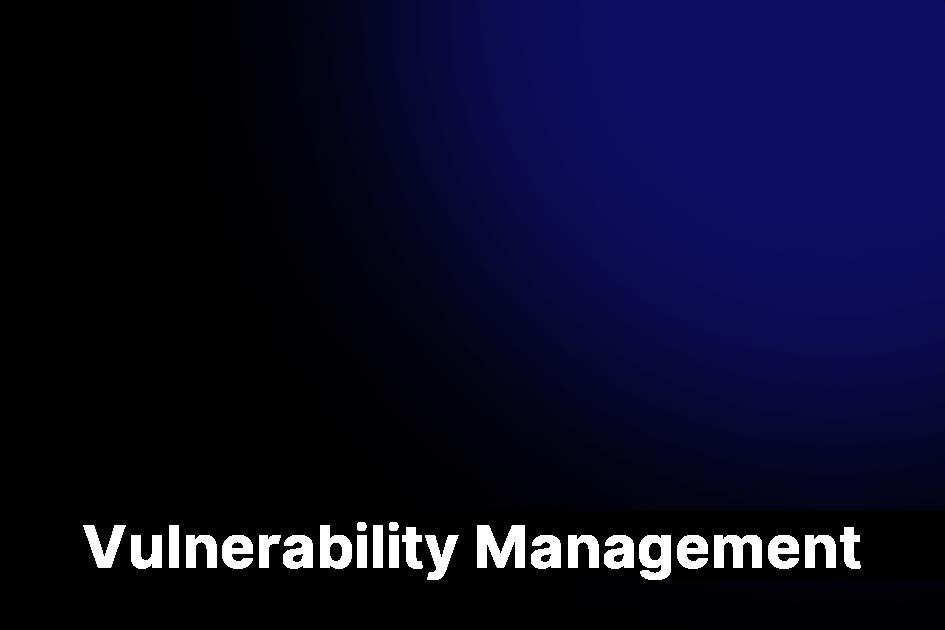Cloud Security
Trung Nguyen
How to Secure Your Cloud Environment: Best Practices and Strategies
Image by macrovector on Freepik
Businesses are migrating from on-premises infrastructure to the cloud to take advantage of cloud-based infrastructures’ flexibility, agility, scalability, innovation, and cost-effectiveness. In this rush, it’s easy to overlook security and focus on speed and operability, leaving systems vulnerable to breaches.
In this article, we’ll explore some of these best practices and strategies to secure your cloud environment to help you safeguard your data and application from potential threats.
1. Periodically Assess Your Cloud Security Maturity
Cloud security maturity shows the evolution and optimization of your organization’s security posture as it embraces and implements cloud computing technologies. Knowing your cloud security maturity level can help you identify how optimized your cloud security is and how much more optimization it needs.
Understanding this gap will help you set realistic goals and targets for enhancing your security posture. Knowledge of your cloud security maturity level will also help you align your current cloud security strategies and practices with the evolving threat landscape and technological advancements.
The cloud security maturity model (CSMM) comes in quite handy in assessing your business’s cloud security maturity. This five-stage model starts with an “ad-hoc” stage, where there is zero automation and no formal cloud security strategies, to the “optimized” stage, where the business has achieved a high level of cloud security maturity.
The model also clearly describes the features of each stage, making it much easier for you to identify which features and processes to put in place if you would like to progress to a higher cloud security maturity level.
2. Scan your Cloud Environment for Misconfigurations
Misconfigurations in a cloud environment are settings or configurations that have not been correctly set up. Misconfiguration is the biggest security challenge for businesses operating in a cloud environment, as it could easily result in many cloud security incidents .
Misconfigurations could be caused by insecure use of data transit, insecure data storage, missing logs, orphaned resources, and insecure API keys. Misconfigurations in the cloud are usually harder to detect manually as they often hide in plain sight, in places that you won’t bother searching.
However, you can implement monitoring and logging mechanisms to detect and alert you or your security team on potential misconfigurations or security breaches. It’s not enough, however, to rely on misconfiguration detection.
You should also employ active measures to reduce misconfigurations, and one way to do this is by following the IaC approach. The IaC approach ensures that infrastructure is managed effectively through code. Also, tools like Terraform or CloudFormation allow for consistent and standardized deployments and reduce the risk of human error in configuration.
3. Cloud Security Posture Management
Research by Gartner shows that 99% of cloud security failures will be your fault and not the fault of your cloud service provider. Hence, relying solely on your cloud service provider’s security for your assets exposes you to the risk of breaches.
You need to build up your cloud security and not just rely on the ones provided by the cloud service provider. You can do this by understanding your cloud security posture and implementing cybersecurity management practices.
Some of these practices may include:
4. Conduct Regular Penetration Testing
Penetration testing is also known as white hat hacking or ethical hacking. This test discovers hidden vulnerabilities in your network and infrastructure from a hacker’s perspective. The tester will explore your security firewalls, searching for exploitable loopholes.
These loopholes could also include random employee habits that pose security to your cloud environment. Penetration testing follows the same techniques that a hacker or cybercriminal would use, which is why it’s so effective. It uncovers the exact security weaknesses that hackers would have exploited and informs your security team of them so you can take action.
You can use penetration testing tools to speed up the pen testing process, as they have a built-in vulnerability scanner, multi-system operability, and password-cracking abilities. These tools can also produce a detailed and comprehensive threat report automatically at the end of the pen testing exercise.
5. Conduct Employee Training and Awareness Programs
According to Verizon’s 2022 Data Breach Investigations Report , human error is responsible for over 80% of cloud data breaches involving hacking and misconfigurations. With workplace automation statistics estimating that AI will be doing almost 50% of the work, these errors will likely reduce in the coming years.
Even so, conducting employee training and awareness is vital to securing your cloud environment. Educate your employees about cloud security best practices, such as strong password management , identifying and reporting security incidents, and social engineering attacks.
6. Adhering to Compliance and Regulatory Standards
Compliance and regulatory standards play a major role in ensuring protection from various attacks, including cloud data breaches.
Compliance standards typically require strict access controls, including multi-factor authentication, data encryption, role-based access control (RBAC), and privileged access management (PAM). These measures ensure that only authorized personnel have access to the cloud environment and data.
Similarly, compliance and regulatory standards require businesses to conduct regular system audits and monitoring of cloud environments to detect and address any security vulnerabilities or incidents. Essentially, these standards provide guidelines for your business that will ensure your cloud environment remains secure.
7. Continuously Monitor and Improve Cloud Security Protocols
Securing your cloud environment is a continuous activity. The reason is that hackers and bad actors continuously adapt to current security protocols and work hard to find their way around them.
Passwords alone are no longer sufficient to safeguard against unauthorized access. You would need to add an extra layer of security by implementing privileged access management (PAM) and multi-factor authentication (MFA) for all user accounts to prevent unauthorized access, even if passwords are compromised.
Cloud service providers and software vendors regularly release security patches and updates to address known vulnerabilities. Ensure that you apply these updates timely. Additionally, you can monitor your cloud environment round the clock with cloud monitoring solutions as they provide 24/7 cloud environment monitoring.
Cloud monitoring solutions also check for any signs of unusual activity or suspicious behavior, such as unauthorized access attempts, unusual data transfers, or abnormal resource usage, and respond promptly to any detected security incidents.
Conclusion
Security should not be an afterthought but a forethought – an ongoing process embedded in the operations of your business which should evolve as security threats are constantly evolving.
With a powerful password manager like Locker , you can go a long way in breach-proofing common entry points such as email addresses, online accounts, and other platforms.
Download Locker now to ensure that you are protected from password-related breaches.


